Description
Dimmer, Wall dimmer, Indoor, Led, Touch, White, Black, Wall Mounted
Niko Hue properties
| Product name | Hue |
| Type | Dimmer |
| Dimmer | Wall dimmer |
| Suitable for lamp type | Led |
| Features | Wall Mounted |
| Area of Use | Indoor |
| Rotating or Touch | Touch |
| Colour | Black, White |
| Height | 8.5 cm |
| Width | 8.5 cm |
| Depth | 1.5 cm |


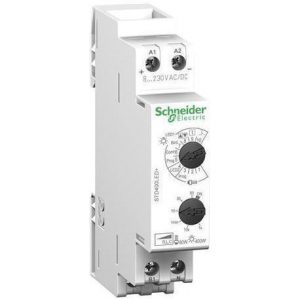
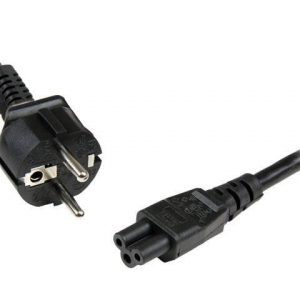

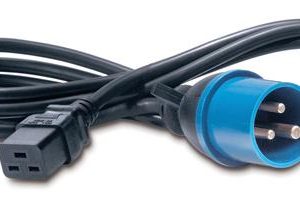

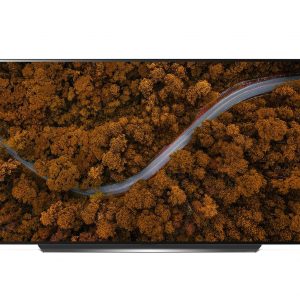
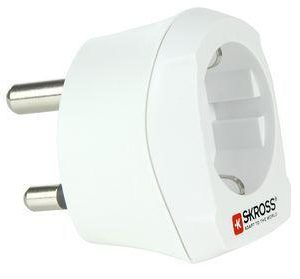

Reviews
There are no reviews yet.